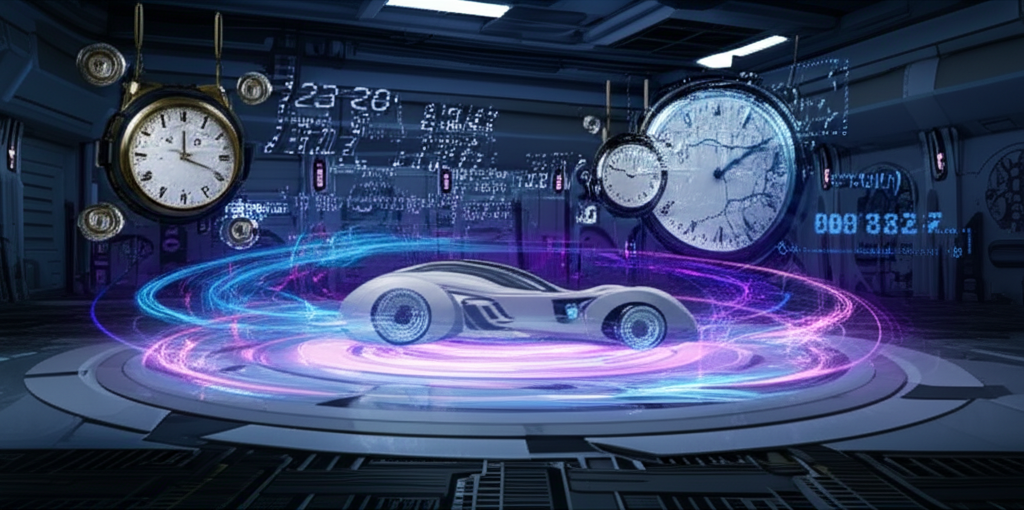Weather Control Racing: Mastering Nature's Forces
Revolutionary atmospheric manipulation technology allows racing vehicles to control weather patterns, creating dynamic racing conditions and unprecedented strategic possibilities.

The ultimate fusion of technology and nature has arrived in motorsport. Weather control racing systems allow vehicles to manipulate atmospheric conditions in real-time, creating dynamic racing environments where drivers must master both speed and the forces of nature itself.
Advanced atmospheric manipulation technology uses ionospheric heating arrays and electromagnetic field generators to control local weather patterns. Racing vehicles equipped with these systems can summon rain, create fog banks, generate lightning, or clear skies within designated racing zones.
The breakthrough came through understanding how to create localized atmospheric pressure differentials using directed energy beams. Microwave transmitters heat specific air masses while electromagnetic coils manipulate charged particles in the atmosphere, allowing precise weather control within racing circuits.
Weather control racing introduces unprecedented strategic elements to motorsport. Drivers can create rain to slow competitors, generate tailwinds for straight-line speed advantages, or summon fog to mask overtaking maneuvers. The ability to control atmospheric conditions becomes as important as traditional racing skills.
Safety systems ensure that weather manipulation remains within controlled parameters. Atmospheric monitoring networks track all weather changes in real-time, while emergency protocols can instantly neutralize dangerous conditions. Racing zones are isolated from surrounding areas to prevent uncontrolled weather effects.
The energy requirements for weather control are enormous, supplied by fusion reactors and atmospheric energy harvesting systems. Lightning capture arrays can actually power the weather control systems using the very storms they create, creating self-sustaining atmospheric manipulation cycles.
Racing vehicles require specialized shielding and adaptive systems to operate in rapidly changing weather conditions. Electromagnetic barriers protect drivers from lightning strikes, while adaptive aerodynamics automatically adjust to changing wind patterns and atmospheric density variations.
Spectator experiences reach new heights as audiences witness races where nature itself becomes part of the competition. Viewing areas feature climate-controlled environments while holographic displays show real-time atmospheric data, allowing fans to understand the strategic weather decisions being made.
Environmental monitoring ensures that weather control racing has minimal ecological impact. All atmospheric manipulations are temporary and localized, with natural weather patterns restored immediately after races. The technology actually helps scientists better understand climate systems and weather prediction.
As weather control technology advances, racing series explore more extreme atmospheric conditions including artificial tornadoes, controlled aurora displays, and even localized snow storms in desert environments. The boundary between natural and artificial weather continues to blur in this ultimate motorsport evolution.
Related Articles

Time Travel Racing: Navigating Temporal Paradoxes
Revolutionary temporal racing allows drivers to compete across different time periods, creating complex paradox-prevention challenges and unprecedented strategic possibilities.

Hypersonic Maglev Racing: Breaking the Sound Barrier on Land
Magnetic levitation technology combined with hypersonic aerodynamics creates racing vehicles that exceed Mach 1 on specially designed tracks.

AI Consciousness Racing: When Machines Become Pilots
Artificial consciousness has evolved to the point where AI entities compete as independent racing pilots, creating a new form of motorsport.